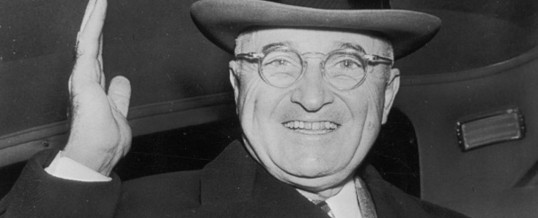
It’s time for hats to make a comeback.
I honestly thought that when Harrison Ford donned his fedora in the first Indiana Jones movie that hats would return to their rightful place atop men’s heads.
Tom Landry was one of the last men of my youth to wear a hat as part of his attire. It didn’t matter if it was 100 degrees on the sideline, Mr. Landry was always there with his trademark suit, tie, and fedora.
The men of my grandfather’s generation, which Tom Brokaw so aptly called, “The Greatest Generation,” took how they looked very seriously. I can recall being about six years old and walking the aisles of the Piggly Wiggly with my grandfather. He always wore dress clothes and a hat when he left home. No self-respecting man would be seen in public without wearing his best wherever he went.
Ten years later, I would sack groceries and stock shelves at that same Piggly Wiggly. Those same men were still dressing up when they came in the store.
Most often, they would wear a fedora, but every now and then I would see a homburg hat. Similar to a fedora, the homburg differs in that the brim is curled up all the way around instead of just on the sides. Winston Churchill and President Harry Truman favored the Homburg.
Of course, Harry Truman was a hat man his entire life. It makes sense that he would have been a hat man since, in the 1920’s, he was a haberdasher, or hat salesman, in Kansas City. He and a partner opened up shop after they had served together in World War I. His haberdashery wasn’t a great success, but he continued to wear a variety of hats the rest of his life. Photos show him in homburgs, Panama hats, and many others. Old Harry made a hat look good.
Many U.S. presidents wore hats, especially during their inaugurations. The stovepipe hat (think Abe Lincoln) was always on the head of the new president when they were sworn in. That is, until John F. Kennedy was elected. Kennedy brought a top hat to his inauguration, but barely wore it. That moment has been cited by many as the beginning of the end for men’s dress hats. JFK was young and cool, and the young men of the 60s wanted to be cool like the new president.
However, one other possibility for the death of the dress hat may lie at the feet of Kennedy’s predecessor, Dwight D. Eisenhower. In a May 2012 essay for NPR, writer Robert Wulrich said that his father, who was a hat designer, said that it was Eisenhower’s Interstate Highway System that doomed men’s hats. His theory was that before the Interstate, more men used public transportation. After the Interstate, they bought cars. It’s virtually impossible to wear a dress hat in most cars. So, between that and JFK, guys tried going hatless, and they liked it.
However, for hat fans such as myself, there is hope. Several high profile celebrities have kept the dress hat in the public eye and the number of them seems to be growing.
Michael Jackson wore fedoras as part of his look, and Hugh Jackman, Justin Timberlake and Johnny Depp now are frequently seen with one on. Even the ladies like fedoras. Actresses Sarah Jessica Parker and Katherine Heigl, and singer Katy Perry appear in public wearing one.
Beginning in the 60s, men’s dress hats went from ubiquitous to rarely seen just a decade later. Not all fashion should come back (leisure suits and plaid jackets make that list), but I for one vote for the return of the fedora, the homburg, and even the bowler, which was favored by lawmen and outlaws. Bat Masterson, Butch Cassidy, Black Bart, and Billy the Kid wore a bowler.
When my grandfather passed, my mother, who knows of my fondness for hats, secured my grandfather’s dress hats for me. They sit on a shelf in my closet. They’re too small for me to wear, but just seeing them takes me back to great memories of my grandfather and a time when the greatest generation never left home without their hat.
©2016 John Moore
To read additional blogs, visit johnmoore.net/blog
OCT
2016
